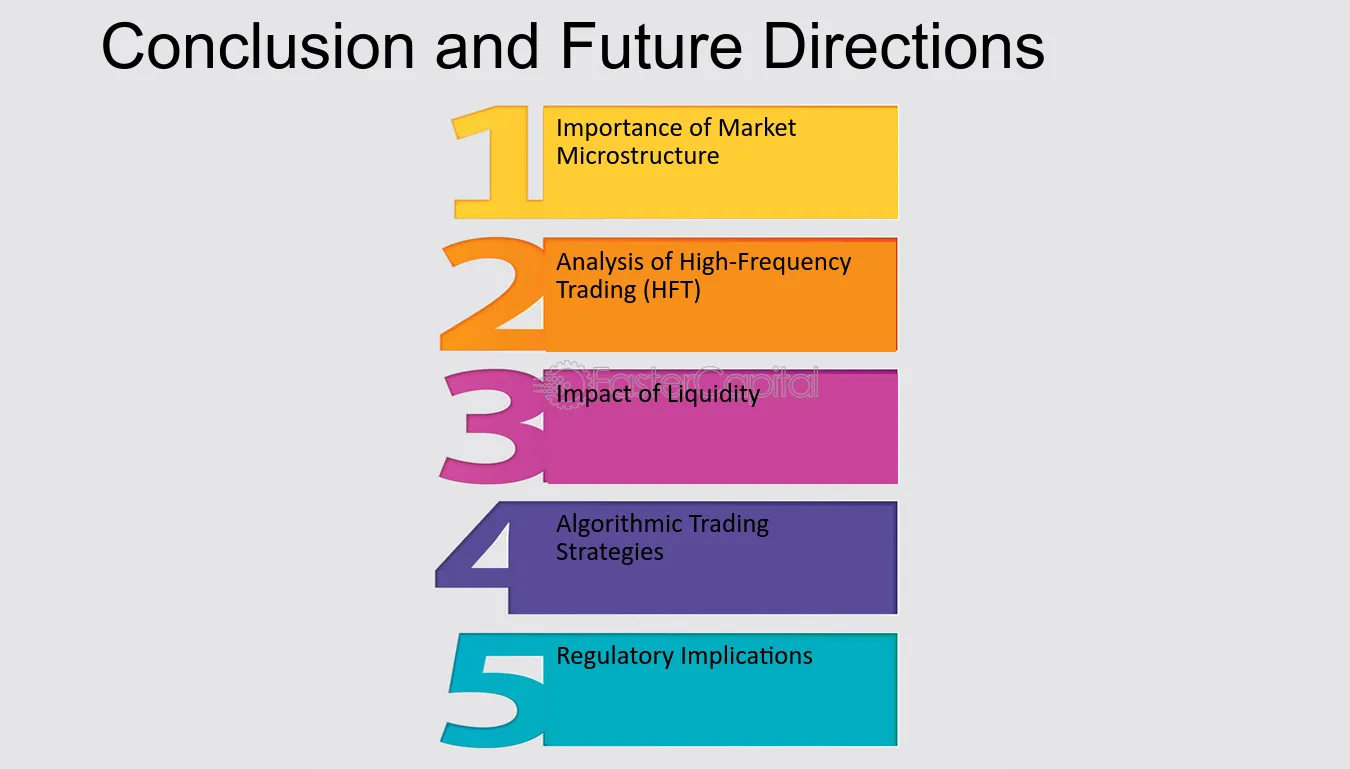Did you know that the average person spends about 6 months of their life waiting for red lights to turn green? Similarly, in trading, the right choice of order type can turn a potential wait into a quick win. This article dives deep into the crucial role of order types within market microstructure, offering day traders essential insights into how different orders—market, limit, stop-loss, and stop-limit—affect trading strategies, execution speed, and risk management. Learn how these orders influence liquidity, bid-ask spreads, and market volatility, while uncovering how the right order type can enhance profitability and minimize slippage. Join us at DayTradingBusiness to elevate your trading game with this vital knowledge!
What are order types in market microstructure?
Order types in market microstructure are specific instructions traders use to execute trades, affecting how orders are processed and how liquidity is provided. Common types include market orders, which execute immediately at the best available price; limit orders, set to buy or sell at a specific price or better; stop orders, which activate once a target price is hit; and stop-limit orders, combining stop and limit features. These order types influence bid-ask spreads, price discovery, and volatility, shaping market behavior for day traders.
How do order types affect day trader strategies?
Order types shape how day traders execute trades, manage risk, and react to market moves. Market orders fill quickly but can cause slippage in volatile conditions. Limit orders let traders set entry and exit points, avoiding bad fills but risking missed opportunities. Stop orders trigger sales or buys at specific prices, helping lock in profits or cut losses. Using different order types allows day traders to fine-tune their strategies for speed, precision, and risk control in fast markets.
What is a market order and when should I use it?
A market order is an order to buy or sell a security immediately at the best available price. Use it when you want quick execution, especially in fast-moving markets or to enter/exit a trade without delay.
How does a limit order work in day trading?
A limit order in day trading sets a specific price at which you want to buy or sell a stock. It only executes if the market reaches that price, giving you control over entry and exit points. If the price doesn’t hit your limit, the order stays open or cancels if you set a time limit. Traders use limit orders to lock in profits or avoid unfavorable prices, but they risk missing trades if the market moves quickly past their target.
When is a stop-loss order beneficial for traders?
A stop-loss order is beneficial for traders to limit potential losses when a market moves against their position, especially in volatile conditions or during unexpected price swings. It helps protect profits on open trades and manages risk without constant monitoring.
What is a stop-limit order and how is it different?
A stop-limit order combines a stop price and a limit price. When the stop price is reached, it triggers the order, but only executes at or better than the limit price. Unlike a stop-loss order that turns into a market order once triggered, a stop-limit can remain unfilled if the limit isn’t met. This gives tighter control over execution price but risks not filling if the market moves away.
How do order types influence trade execution speed?
Order types like market orders execute immediately, ensuring quick trade execution. Limit orders wait for specific prices, which can delay or prevent execution if the market doesn't hit that level. Stop orders activate only when triggered, causing potential delays until the stop price is reached. Using market orders speeds up trades but risks slippage; limit and stop orders offer control but may slow down execution. For day traders, choosing the right order type balances speed and price control based on market conditions.
Which order types help manage trading risk effectively?
Stop orders like stop-loss and stop-limit orders help manage trading risk effectively. They automatically sell or buy once the price hits a set level, limiting potential losses. Market orders can quickly execute to exit a position, but they can also increase risk in volatile markets. Limit orders control entry and exit points, reducing slippage and unexpected losses. Combining these order types allows day traders to control risk precisely during fast-moving markets.
How do hidden or iceberg orders impact market microstructure?
Hidden or iceberg orders reduce market visibility, preventing other traders from seeing the true supply or demand. They lessen price impact when large trades occur, helping traders execute big positions without moving the market. This creates a more stable microstructure, lowers volatility, and can lead to less predictable price movements. Overall, these order types make the market more efficient but can also obscure liquidity and complicate order book analysis for day traders.
What role do order types play in liquidity provision?

Order types determine how traders add liquidity to the market. Limit orders provide liquidity by sitting on the order book, ready to be matched. Market orders remove liquidity quickly, executing immediately at current prices. Using limit orders helps stabilize markets and offers opportunities for profit, while market orders can cause short-term volatility. Different order types shape the depth and resilience of liquidity in day trading.
How do order types affect bid-ask spreads?
Order types influence bid-ask spreads by affecting liquidity and how quickly orders are filled. Market orders tend to widen spreads because they execute immediately, often consuming the best bid or ask. Limit orders, especially those placed inside the spread, can narrow it by adding liquidity and encouraging tighter quotes. Using stop-loss or stop-limit orders can also impact spreads during volatile periods, as they may trigger rapid trading activity. Overall, aggressive order types increase spreads, while passive, limit-based orders help keep them tighter.
What is the significance of order types during high volatility?
During high volatility, order types like market orders ensure quick execution but can cause slippage, while limit orders give control over entry price, reducing risk of unfavorable fills. Using stop-loss and stop-limit orders helps protect gains and limit losses amid unpredictable price swings. Proper order type choice prevents sudden adverse movements from triggering unintended trades, maintaining better control during turbulent markets.
How do order types impact slippage in day trading?
Order types directly influence slippage in day trading. Using limit orders helps control slippage by executing only at specified prices, reducing unexpected price gaps. Market orders, however, can cause higher slippage during fast moves because they fill immediately at the current market price, which may differ from your expected price. Stop orders can trigger at worse prices if the market gaps past your set level. Choosing the right order type based on market conditions minimizes slippage and improves trade execution.
Learn about How Do SEC Rules Impact Day Trading?
Can choosing the right order type improve trade profitability?
Yes, selecting the right order type can improve trade profitability by controlling entry and exit points, reducing slippage, and managing risk effectively. For example, using limit orders ensures you buy or sell at desired prices, avoiding unfavorable fills, while stop-loss orders protect profits and limit losses. Proper order choices help you execute trades more precisely in fast-moving markets, increasing the chances of profitable trades.
How do order types influence market depth and price movement?
Order types like limit and market orders shape market depth by adding or removing buy/sell orders at different prices. Limit orders deepen the order book, creating more liquidity and smoothing price moves, while market orders consume existing liquidity, causing sharper price swings. Using stop-loss or stop-limit orders can trigger rapid trades during volatility, amplifying short-term price movements. The mix of order types determines how smoothly prices react to trading activity and how quickly they can shift in response to new orders.
Conclusion about The Role of Order Types in Market Microstructure for Day Traders

Understanding the various order types is crucial for day traders aiming to optimize their strategies and manage risks effectively. Each order type—market, limit, stop-loss, and stop-limit—plays a distinct role in trade execution, liquidity provision, and minimizing slippage. By leveraging the right order types in different market conditions, traders can enhance their decision-making and potentially increase profitability. For more in-depth insights and guidance on navigating these concepts, DayTradingBusiness is here to support your trading journey.
Learn about Deep Dive into Market Microstructure for Advanced Day Traders